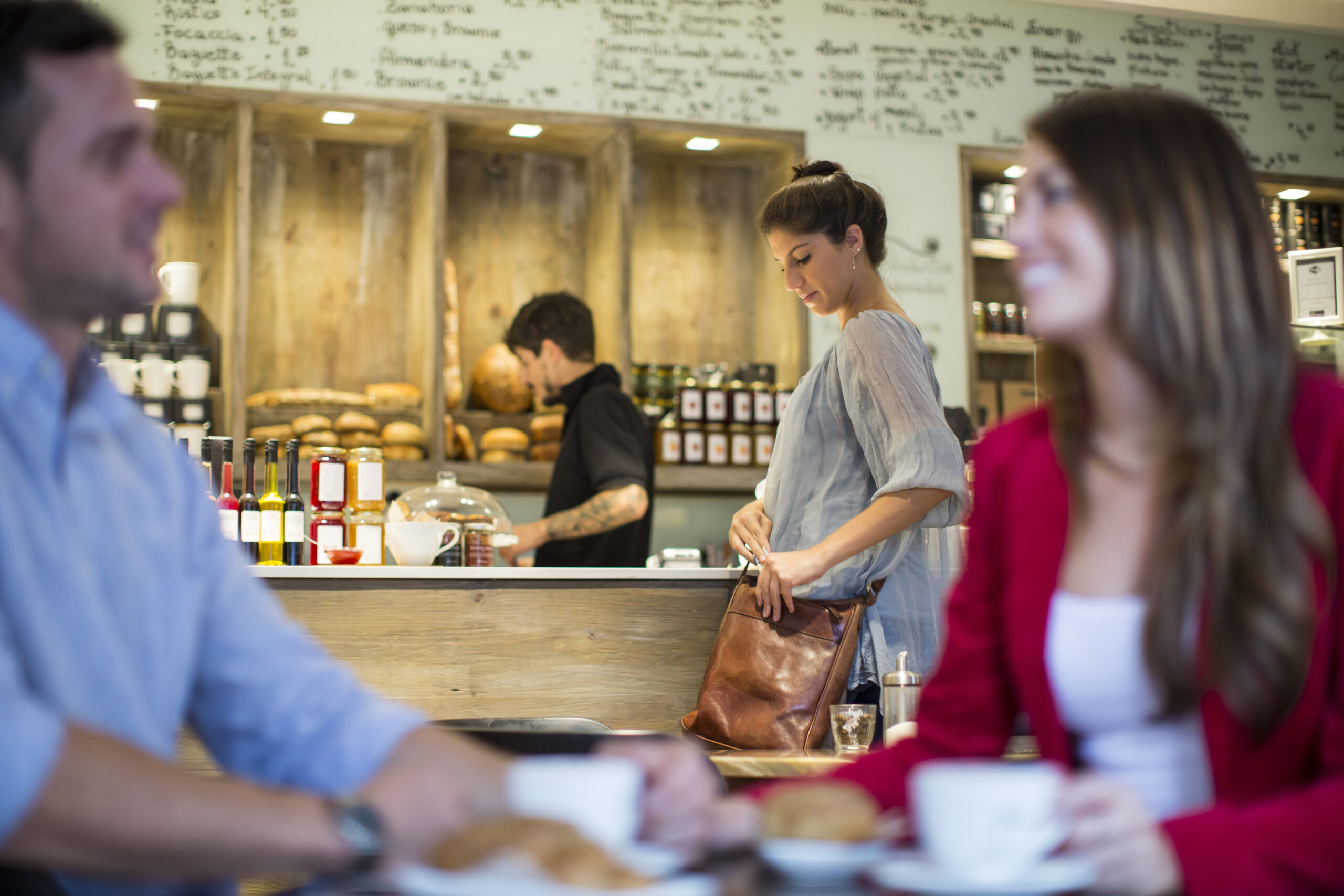

As financial pressures continue to increase, we would suggest that most hospitality and leisure businesses will likely wish to continue to increase their revenues by at least 10% to protect their margins. While price increases may be expected, businesses need to manage these carefully to ensure customers still feel they’re getting value for money and price-sensitive visitors don’t leave for a competitor.
Find out more

For hospitality businesses, effective stock management is not just a routine task, it is the backbone of profitability and efficiency. However, many business owners and managers aren’t clear on the distinction between stock taking and stock counting, often assuming they are the same thing. While both involve tracking inventory, they serve very different purposes and yield different insights that can dramatically impact business success.

There is a wonderful – and almost certainly apocryphal – story about the Queen that suggested she thought that all buildings smelt of fresh paint. The theory went that anywhere HRH was planning to go was given a brush-up, spring clean and a lick of paint. Effectively, her Majesty never saw places for real. The same can occur in venues when senior management are visiting. One way to genuinely discover how well a site is performing is to get someone to go undercover with a mystery visit.

The next step is to gain a better understanding of how to positively impact the average SpH in a venue.
A good starting point is to look at the venues in the previous parts. However, there’s a range, depending on the type of centre and how it’s operated. For example, we would anticipate a well operated Boutique style centre in the same location to return a SpH figure of more like £7.00. Equally, a poorly operated FEC style centre in a similar location can quite easily slip to F&B SpH returns of around £2.00.

When we use SpH to calculate F&B revenues for new venue modelling purposes, we tend to be using benchmarked levels from existing industry data in comparable venues, so the SpH figure we have already takes dwell time into consideration.
However, when we work with a client in order to create tangible change in an existing business, or when a new concept doesn’t have a direct comparison, it’s important to look carefully at the impact of dwell time upon F&B SpH in that venue.

Why is SpH important? – Now that we have an understanding of how to measure F&B SpH, the next step is to explore how it can be used to add value to your business. There are three broad use cases for SpH. While the first is by far the most useful to owners and operators, the other two are included as a useful insight into the Consultancy process.

The measure of revenue from an average customer is a popular performance metric in most industries. In Hospitality and Leisure businesses which provide activities or entertainment, and therefore have trackable footfall, we tend to use Spend per Head (SpH).
Throughout this series of posts, we’re going to explore the concept of F&B SpH and look a variety of ways to positively influence it.

Running a food & beverage business is ultimately about profitability, with owners generally falling into three categories:
The Margin Makers: Set GP margin targets with external stock-takers.
The Price is Righters: Price based on competition and only see profits in periodic reports.
The Hit and Hopers: Focus on service first, often struggling with profitability.
No matter which group you’re in, it’s worth taking a closer look at this key measure of success.

One of the greatest challenges facing businesses in the Hospitality sector is to balance the need to run your business to a profit against the responsibility to ensure that customers don’t become too drunk. Repeated problems will be looked upon as evidence of a problem establishment, and can kick start processes which can end in Licence Review or even prosecution.

As financial pressures continue to increase, we would suggest that most hospitality and leisure businesses will likely wish to continue to increase their revenues by at least 10% to protect their margins. While price increases may be expected, businesses need to manage these carefully to ensure customers still feel they’re getting value for money and price-sensitive visitors don’t leave for a competitor.

Major city centres have seen a significant increase in the opening of competitive socialising venues. Operators like Flight Club, Roxy Ball Room, Boom Battle Bar and Whistle Punks are just a few of the growing number. Offering a fun night out with premium drinks, quality food and competitive activities for groups of friends to enjoy.
Keep up to date with the latest industry news and insights